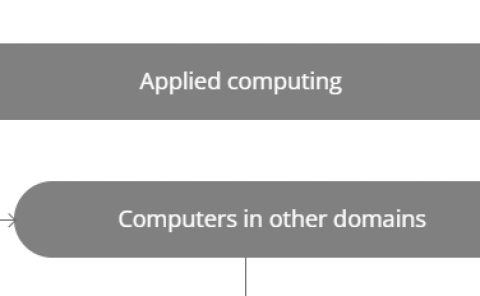VR Simulation of Novel Hands-Free Interaction Concepts for Surgical Robotic Visualization Systems
PubDate: Sep 2020
Teams: Carl Zeiss AG;Charité Universitätsmedizin Berlin;Karlsruhe Institute of Technology
Writers: Fang You;Rutvik Khakhar;Thomas Picht;David Dobbelstein
PDF: VR Simulation of Novel Hands-Free Interaction Concepts for Surgical Robotic Visualization Systems

Abstract
In microsurgery, visualization systems such as the traditional surgical microscope are essential, as surgeons rely on the highly magnified stereoscopic view for performing their operative tasks. For well-aligned visual perspectives onto the operating field during surgery, precise adjustments of the positioning of the system are frequently required. This, however, implies that the surgeon has to reach for the device and each time remove their hand(s) from the operating field, i.e. a disruptive event to the operative task at hand. To address this, we propose two novel hands-free interaction concepts based on head-, and gaze-tracking, that should allow surgeons to efficiently control the 6D positioning of a robotic visualization system with little interruptions to the main operative task. The new concepts were purely simulated in a virtual reality (VR) environment using a HTC Vive for a robotic visualization system. The two interaction concepts were evaluated within the virtual reality simulation in a quantitative user study with 11 neurosurgeons at the Charité hospital and compared to conventional interaction with a surgical microscope. After a brief introduction to the interaction concepts in the virtual reality simulation, neurosurgeons were 29% faster in reaching a set of virtual targets (position and orientation) in simulation as compared to reaching equivalent physical targets on a 3D-printed reference object.

